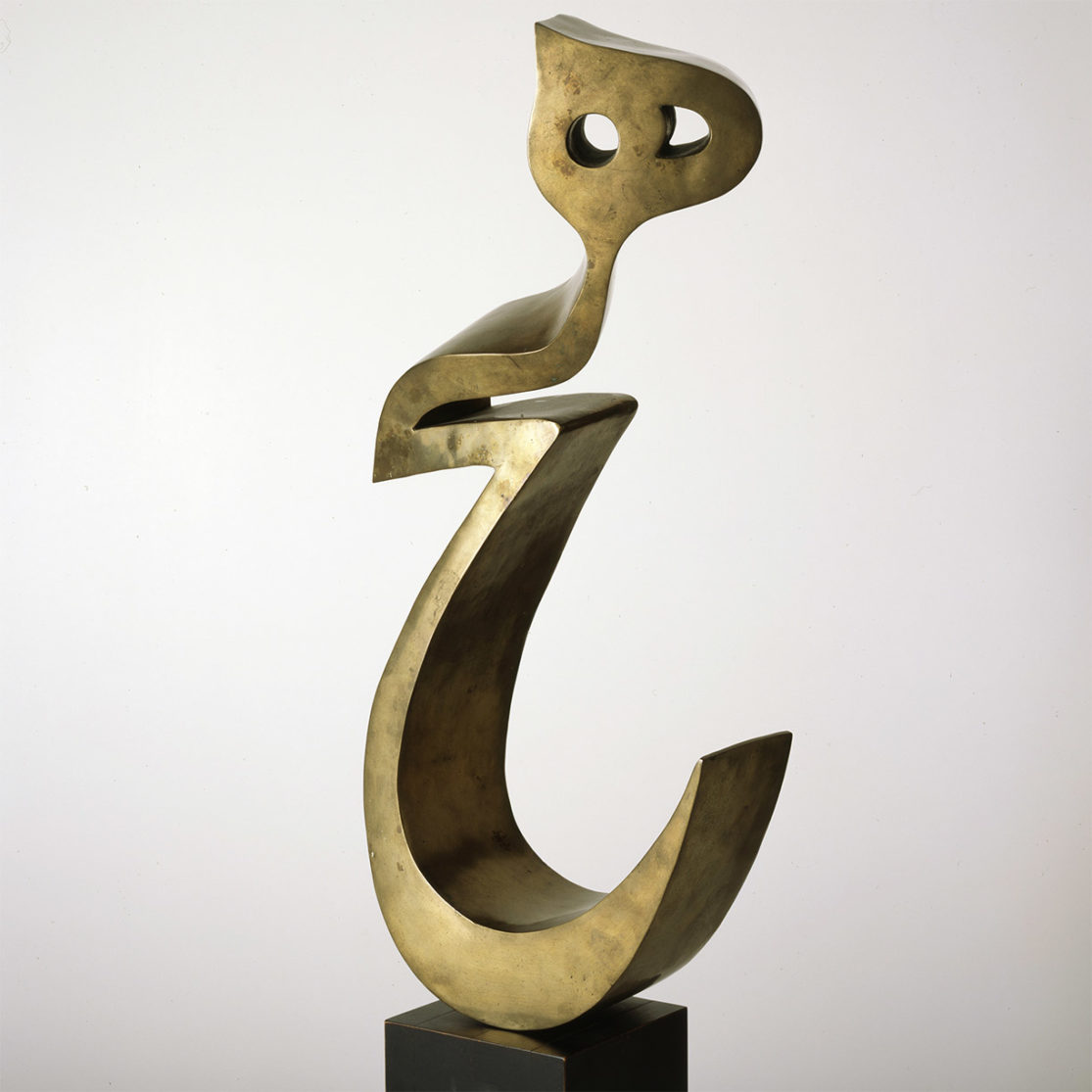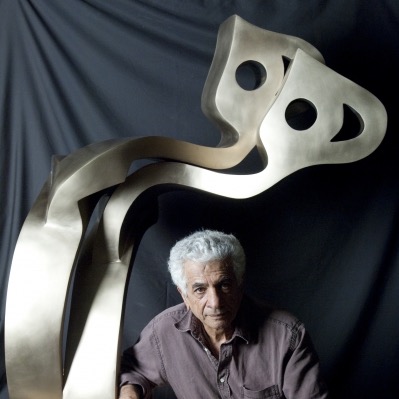Film Screening At LACMA: Parviz Tanavoli
Parviz Tanavoli: Poetry in Bronze is a documentary film about the life and work of Parviz Tanavoli, hailed as the Iran’s greatest living sculptor. The film was written, produced, and directed by Terrance Turner and released in 2014. Featuring exclusive interviews with the artist, the film offers insight into Tanavoli’s career, which spans an impressive 50 years.
LACMA will screen this film Sunday, 28 June, 2015 at 3 PM at LACMA’s Brown Auditorium. The event is free and open to the public. Check out the trailer for the documentary, below!
[via LACMA]

